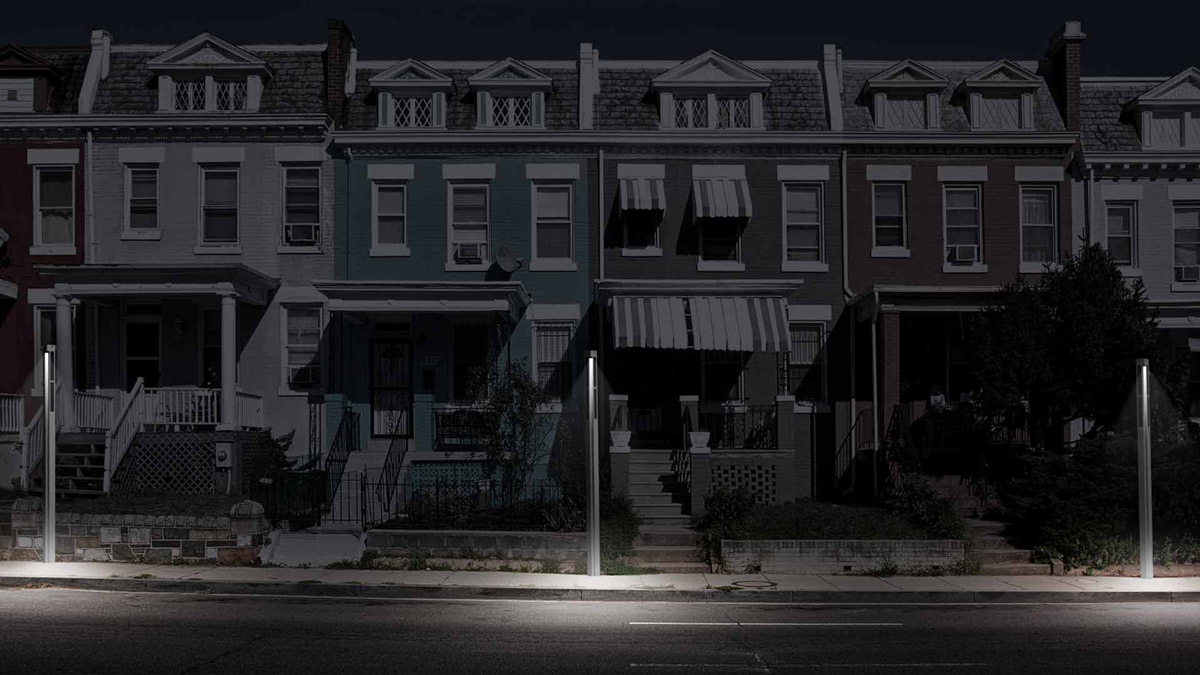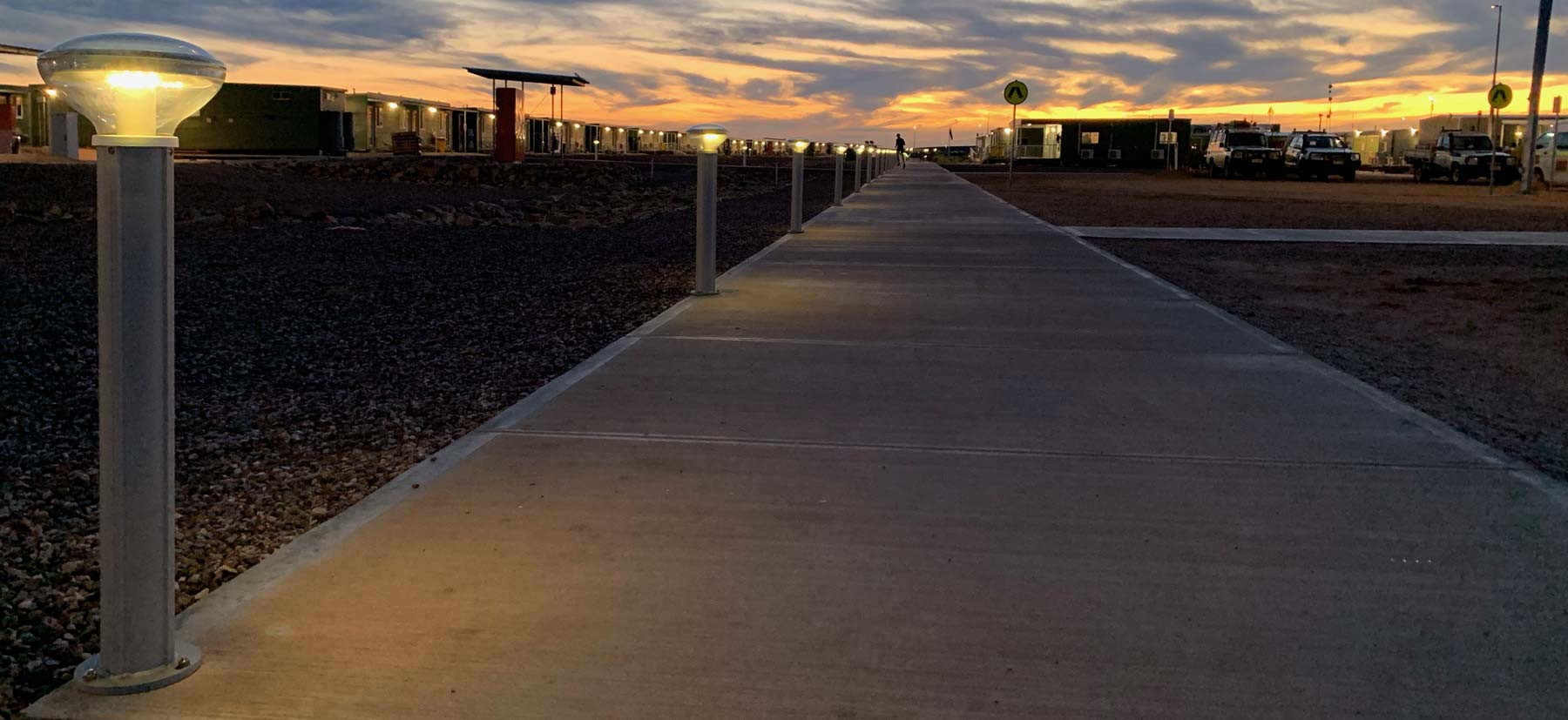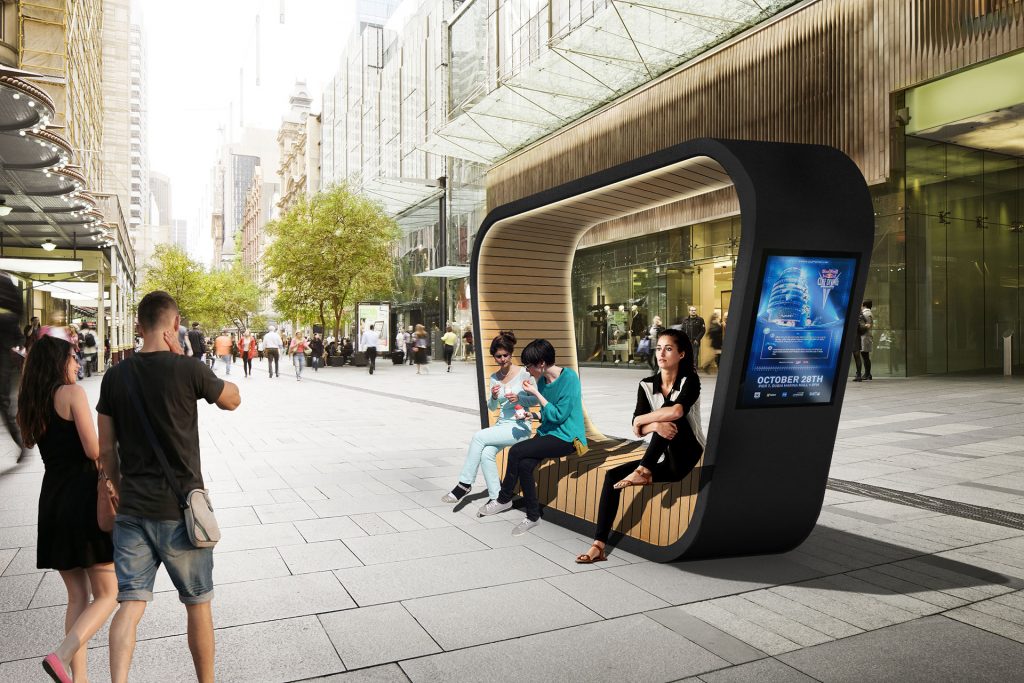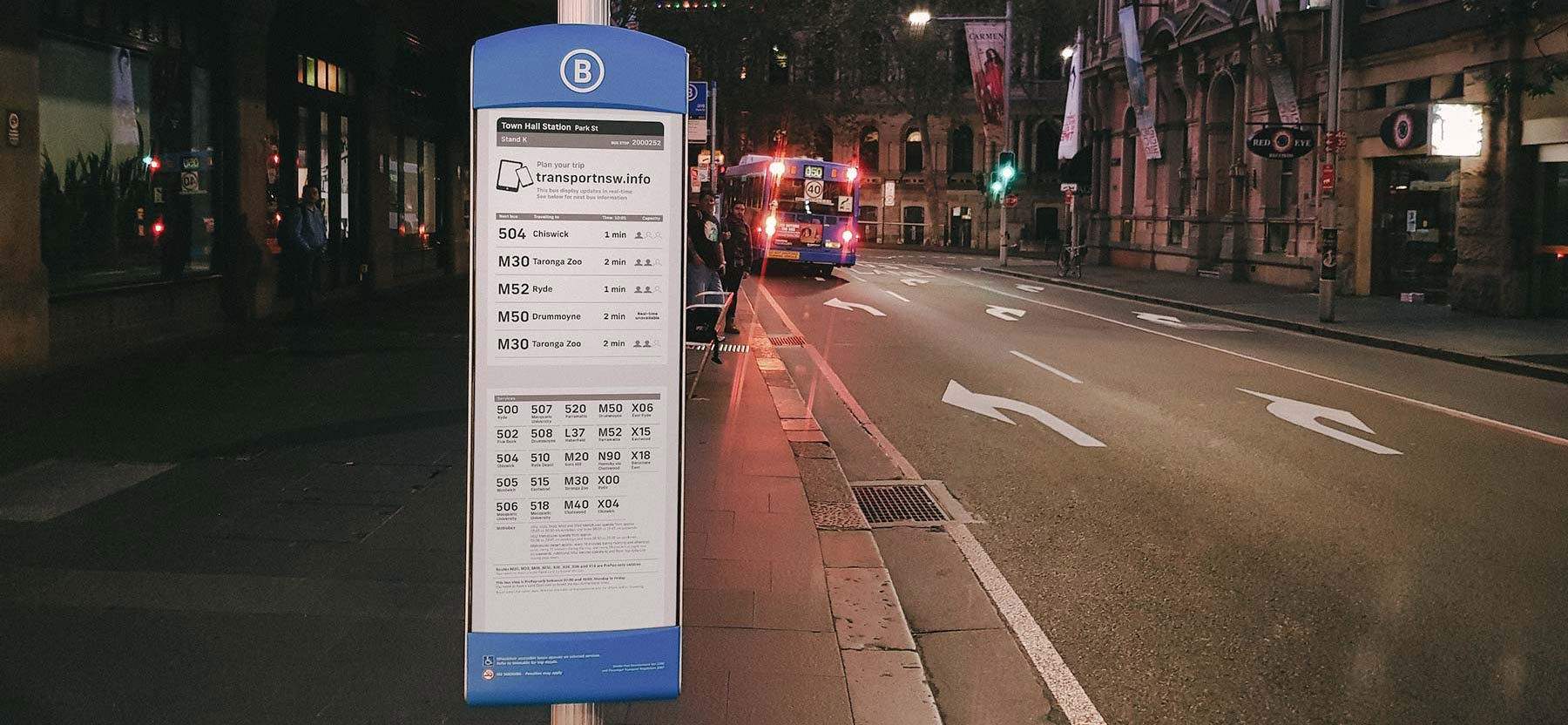Educators want to believe that their lessons on renewable energy are resonating with their students. They want to inspire them to build on the momentum of the green movement we are only seeing whispers of today. Creating dioramas, producing short films, and writing essays on eco-friendly practices can all be fulfilling assignments, but how can educational institutions effectively model sustainable practices in their own infrastructure?
Green Ribbon School Districts like the Merced Union High School District in Atwater, CA, know that seeing is believing when it comes to carbon reduction initiatives. They are kicking greenhouse gas emissions to the curb with integrated photovoltaic systems, better known as solar panel farms. Based on the data generated through energy audits conducted in part by their own students, this district expects to save $4.3 million by producing 90% of the energy needed in the region over the course of the next 28 years.
This is an incredible success story, but not all schools have the funds nor the space needed to make the switch to 100% solar energy. Yes, there are grant programs out there helping schools take the PV leap, but there are also ways to start small with solar. Let’s talk about how well-designed, budget-friendly, solar powered furniture and lighting products can help turn the page on renewable-energy education at every K-12 school, college campus and public library.
Solar Charging Benches
Making a case for a greener future is a lot like learning a foreign language. Sure, memorizing phrases and taking a test can be helpful, but nothing works quite as well as consistent exposure to native speakers. Embedding solar energy into everyday amenities is the best way to make a statement. Not only does this illustrate how effective using the sun as an energy source can be, it’s also a clear reminder of an establishment’s commitment to combat their carbon footprint.
Implementing public seating with solar outlets in locations where students commonly wait for their parents to pick them up is a great example of this. With zero-cost energy generated and stored throughout the day, solar panel-equipped benches can offer so much more than a regular park bench.
Kids can use benches with solar panels like the Photon to charge up their devices and get a head start on their homework. Those who stick around after the bell rings for activities like basketball practice will appreciate the light provided by the bench when the sun sets.
For those that bike to school, Photon benches can also be supplied with bike racks on either side. For even more bike-friendly features, the Steora ‘Cyclo’ solar charger bench offers all the benefits of the Photon bench, but with an integrated tool kit and air compressor along with e-bike and e-scooter charging outlets.
Need to get the word out to the student body about the results of the recent student council election? Solar charging benches can offer the opportunity to digitally advertise and notify viewers about anything - fundraisers, concerts, plays, meets and other events - without wasting paper like printed flyers often do. The Sedi Connect, for instance, can be supplied with either an LCD or Epaper screen. This cocoon-shaped seating option offers shelter from rain and overhead lighting in addition to the charging capabilities expected of most smart solar benches.
Solar Pathway Lighting
With most facilities open from 8 am-3:30 pm, the advantage of quality outdoor lighting for schools can often be overlooked. Morning and after school practices, tutoring and events, however, can easily extend a school’s operational time block into the dark hours. With solar power, keeping kids safe at night does not have to impact a school’s expensive power bill.
Commercial-grade solar pathway lights can be installed easily in comparison to grid-connected commercial walkway lights and they cost almost nothing to maintain. SBL (Solar Bollard Lights) can be customized with various light temperature ranges, heights, and powder-coating finishes.
To direct light beams downward and avoid unnecessary light pollution, we recommend ordering these bollards with the optional shade caps. For even more precise light direction, our SolarPost Path & Street Lights are supplied in 3 standard heights (6’6”, 9’10” & 13’1”). With this solar option, lighting hours and brightness can both be adjusted remotely.
Solar Charging Stations
Like solar benches, solar power charging stations give kids the opportunity to charge their devices while waiting for a ride home. The advantage of offering a solar charging station is that they take up less ground space but have a prominent vertical presence. This makes charging stations better suited for guiding phone users off to the side of active pedestrian traffic in certain locations.
With charging stations like Solia, phone charging options can be offered without encouraging kids to loiter. In a library or school setting, charging cords can be made available at the front desk for checkout. This method can also help protect data in the off-chance of malware perpetration, juice-jacking, or a virus attack provided that the cords offered are “charge-only” cables.
For a playful and colorful aesthetic, the Universe Solar Panel Charging Station is part of a collection of round planters and bench modules that add childlike joy to outdoor spaces. This solar pole features overhead lighting, 4 charging ports and 2 Qi pads.
Giving library visitors a place to recharge standard phone types and child-friendly electronic devices outside can help ensure that kids arrive home safely. Not only is the tall pole on a solar powered charging station a distinct marker for parents searching for their kids, but when plans change, communication channels will never be impeded by a dead battery.
Not to mention that extending phone battery life with a solar charger station can be extremely valuable in emergencies. When GPS location settings are on, charged phones have been known to help locate missing children.
The Path Toward Sustainability
In the near future, it’s not far-fetched to think that electric school buses powered by solar energy will be the standard transportation method for schools across America and that PV panels will be present on all academic buildings. In the meantime and beyond, solar powered amenities can provide a glimpse into how solar cells can help tackle the looming climate crisis.
Operating completely wire-free, these stand-alone, self-powered innovations can be installed anywhere without the hassle and expense of trenching, cabling and wiring. It’s the most affordable way to symbolize a step toward a sustainable tomorrow.






